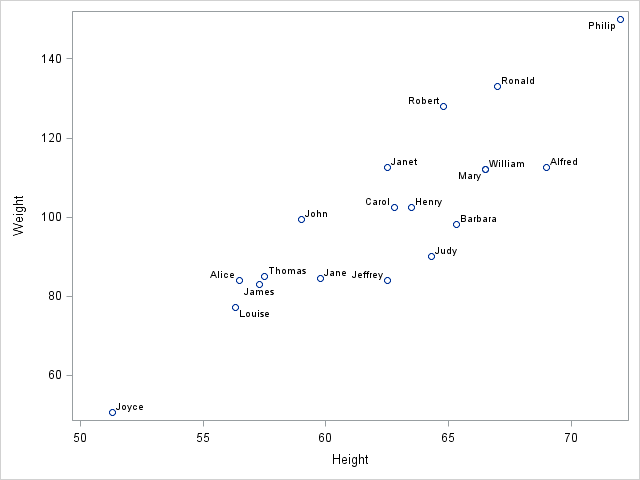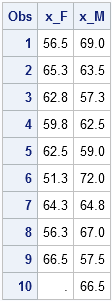
Did you know that you can define "abbreviations" in the SAS enhanced editor? These handy little shortcuts can save you a lot of typing. For example, I have an abbreviation for the string _iml. Whenever I type _iml, the editor prompts me to replace those four characters with the following









